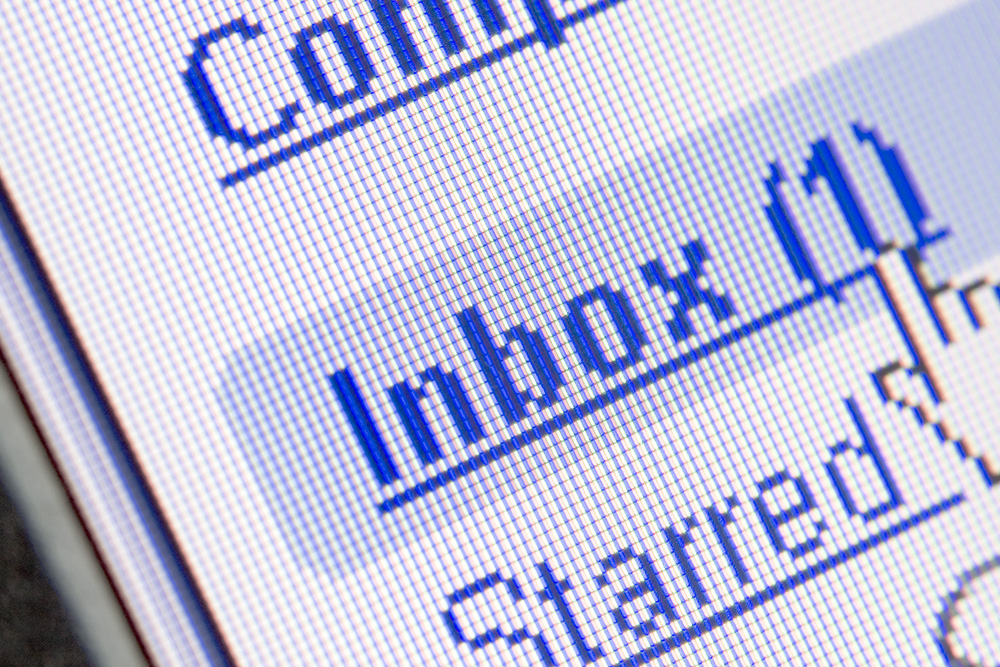For many in business, cold emailing is the most effective and untapped form of networking, sales, and development. Many people are impressed with initiative, and cold emailing is a way to build a broader network without relying on already established contacts, and for a very low cost (just your time).
Cold emailing doesn’t always work, and it can take a lot of nerve. But with a little bit of tact and some strategic tips, you can get results. Here are seven tips for cold emailing effectively:
Make a contact list. Create a list of companies and people you really want to reach and see who is active through networking sites, social media, blogs, and company websites. A targeted list is a more effective list given your valuable time. Go after low-hanging fruit.
Find email addresses. Keep in mind there are many, many creative ways to track down email addresses. Some utilize their networks, others take advantage of social media, while others use known email addresses within a company to determine email address formats. Still others use tools like Rapportive to check addresses until they find the right one.
The right subject line. This is your chance to make a first impression and is one of two things they will see before opening any email. What would make you want to open an email? Utilize customer attributes and power words and get right to the point to pique interest and create a sense of urgency.
Keep it short. Just like you, people are busy. Just like you, they get inundated with email. Just like you, they don’t always have time to read them all. Cut through the buzz by keeping it short and formatted so it’s easy to read in about 30 seconds.
What’s in it for them? Beyond your subject line, the body of your email needs to pique interest right off the bat. Be relevant in what delivering and create a call to action – make a reason for them to answer.
The all-important follow-up. It’s common that you won’t hear back from cold emails. Give it a few days, and follow with a short, detailed follow-up email suggesting a conversation. Utilize third-party tools like Yesware (records if your email was opened and forwarded) and Boomerang (reminds you of emails to follow-up with) to keep you organized.
It’s not personal. When following up feels like a brick wall, remember it’s not personal – some people get thousands of emails a day. Continue to follow up, with a week in between. Some might consider you annoying, but others will admire your persistence and will eventually respond. Cold emailing requires persistence and patience.


 RSS Feed
RSS Feed
